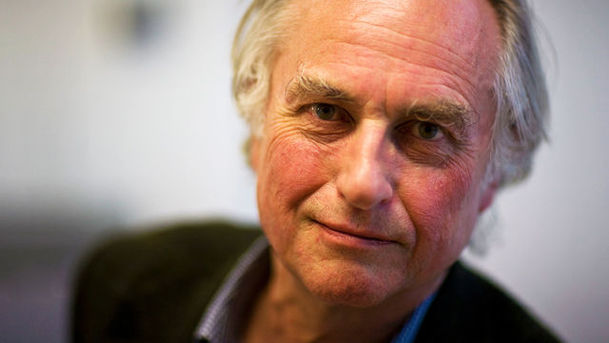The Age of the Genome - Episode 2

What can we learn from the DNA of chimpanzees about what it took for humans to evolve? What do genes extracted from fossil Neanderthal bones add to the story of our origins? And will it ever be possible to use prehistoric DNA to resurrect the woolly mammoth? These are some of the questions which evolutionary biologist Richard Dawkins explores in the second part of this series, marking the tenth anniversary of the sequencing of the human genome. In June 2000, scientists of the Human Genome Project announced that they had worked out the 3 billion genetic letter code of the human body. Since then, many other animals have had their genomes decoded. The list includes the mouse, dog, the duck-billed platypus, the chicken and the chimpanzee, to name but a few. Comparing the As, Gs, Cs and Ts in our genome with those of other animals allows scientists to illuminate the story of our ancestors' evolution with extraordinary insights. The techniques for processing and decoding DNA have become so advanced that it is now even possible to reconstruct the complete genetic code of creatures which died tens of thousands of years. This has been done for our closest evolutionary cousins, the Neanderthals, by extracting shattered DNA fragments from 40,000 year old bones and piecing them together. The leader of this project, Svante Paabo, says it still "blows his mind" when he thinks about what it's now possible to do with ancient DNA. Producer: Andrew Luck-Baker.